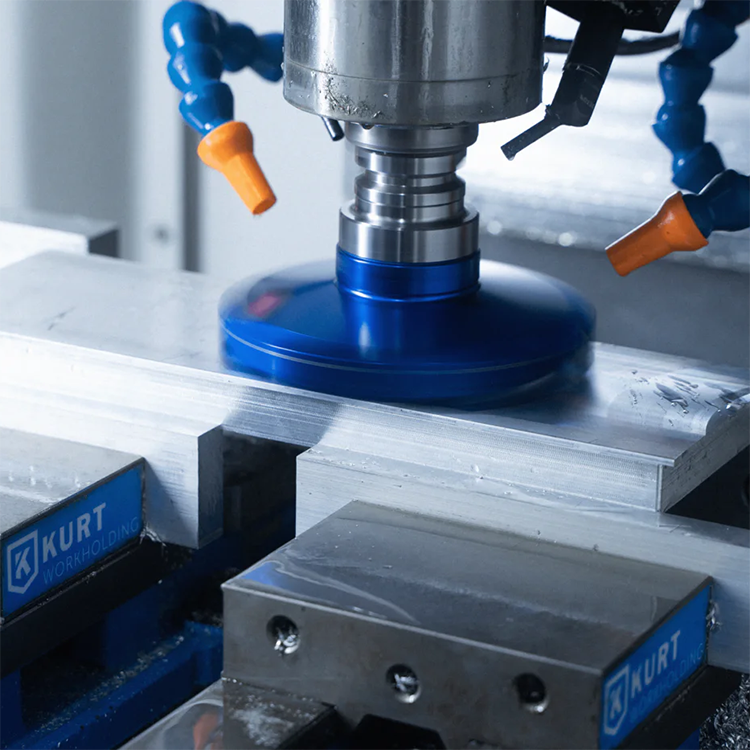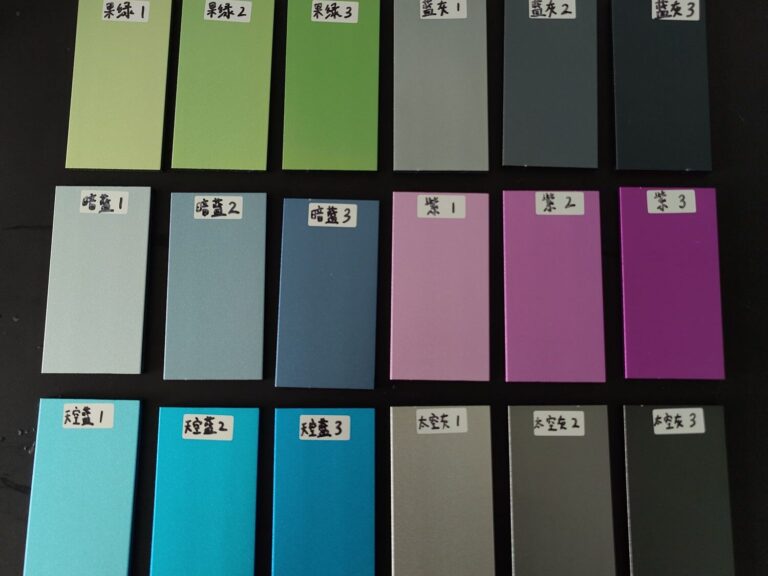Sandblasting Introduction
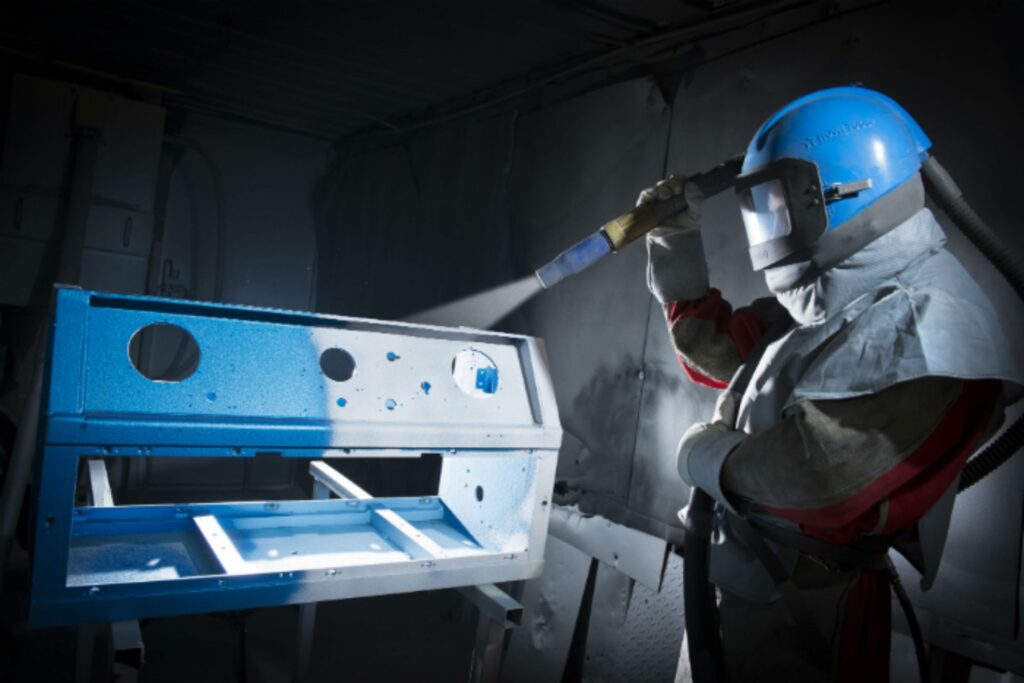
Sandblasting is a process that uses a high-pressure stream of abrasive material to clean, roughen or shape a surface. This process involves propelling fine particles, such as sand, glass beads or plastic pellets, at high speed towards the surface being processed.
principle
Sand blasting is powered by compressed air to form a high-speed jet beam to spray materials (copper ore sand, quartz sand, corundum, iron sand, sea sand) onto the surface of the workpiece at high speed, so that the appearance or shape of the workpiece surface changes.
Due to the impact and cutting effect of the abrasive on the surface of the hand-plate workpiece, the surface of the hand-plate workpiece can obtain a certain degree of cleanliness and different roughness, so that the mechanical properties of the surface of the hand-plate workpiece are improved, thus improving the fatigue resistance of the hand-plate workpiece and increasing The adhesion between it and the coating prolongs the durability of the coating film, and is also conducive to the leveling and decoration of the coating.
type
- Press-in sandblasting and suction sandblasting
- Dry sandblasting and liquid sandblasting
- Open sandblasting and box (room) type sandblasting
- Manual sandblasting and automatic sandblasting
Application
Sand blasting can remove all dirt such as rust on the surface of the workpiece, and establish a very important basic pattern on the surface of the workpiece (that is, the so-called rough surface), and can achieve different abrasives by changing different particle sizes. degree of roughness, the workpiece needs to be sandblasted before it is coated and bonded. The bonding force between the prototype workpiece and the coating and plating material is greatly improved. Or make the bonding parts stronger and better in quality.
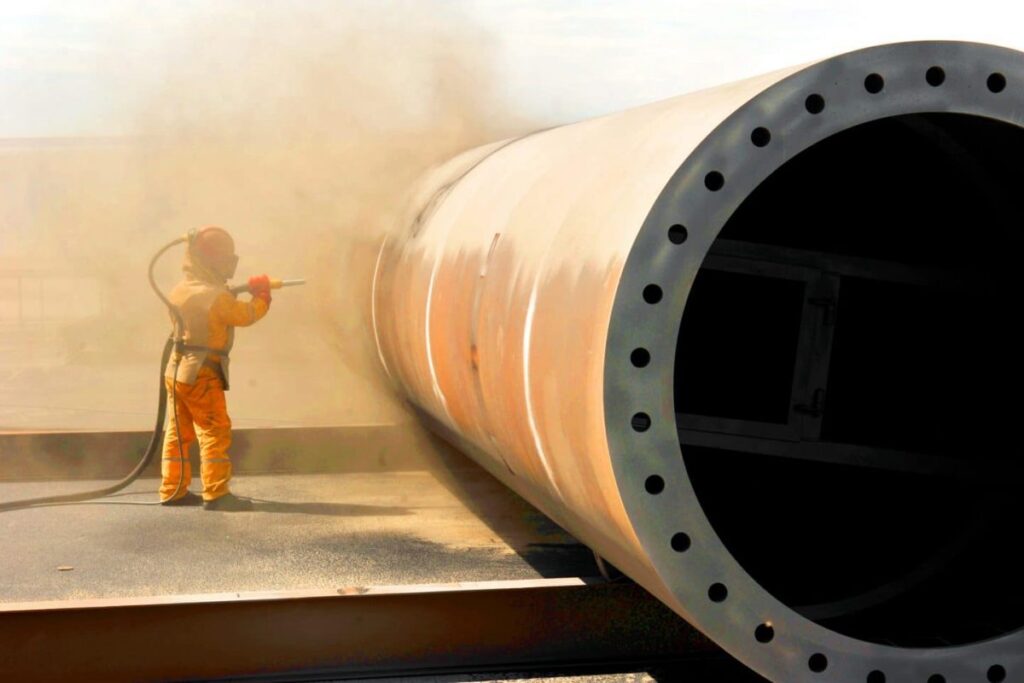
Cleaning and polishing of castings and forgings rough surfaces and workpieces after heat treatment. Sandblasting can clean all dirt (such as scale, oil and other residues) on the surface of castings and forgings and workpieces after heat treatment, and polish the surface of the workpiece to improve the smoothness of the workpiece. To achieve the effect of beautifying decoration.
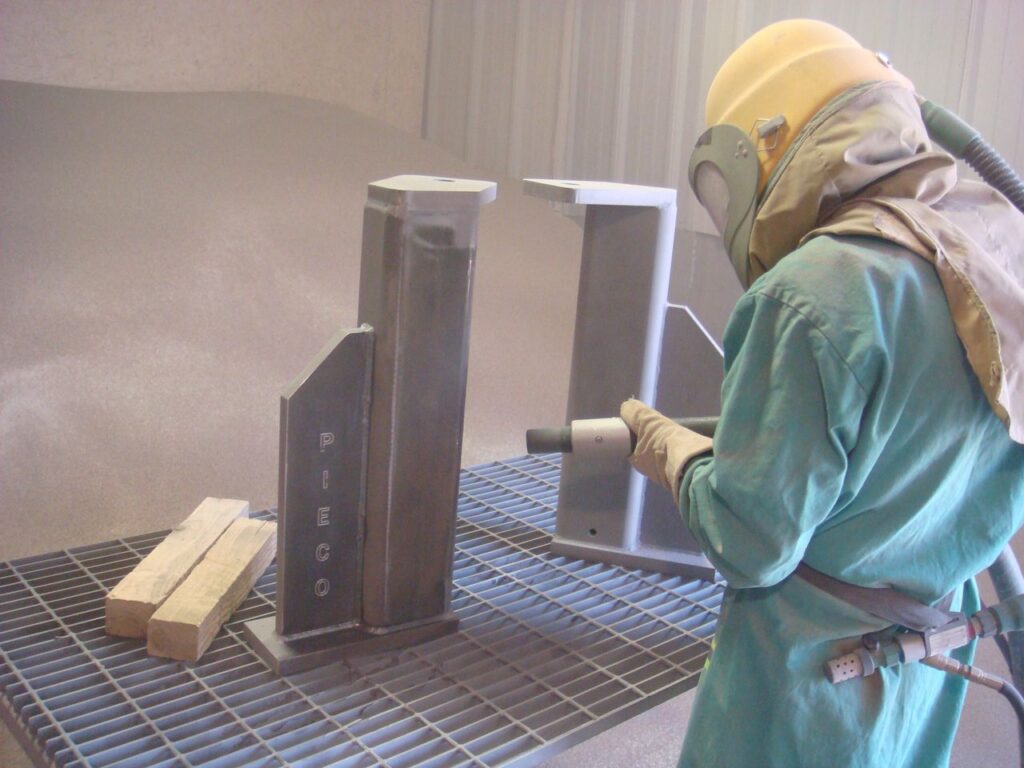
Burr cleaning and surface beautification of machined parts Sandblasting can clean the tiny burrs on the surface of the workpiece and make the surface of the workpiece smoother, eliminating the hazards of burrs and improving the grade of the workpiece.
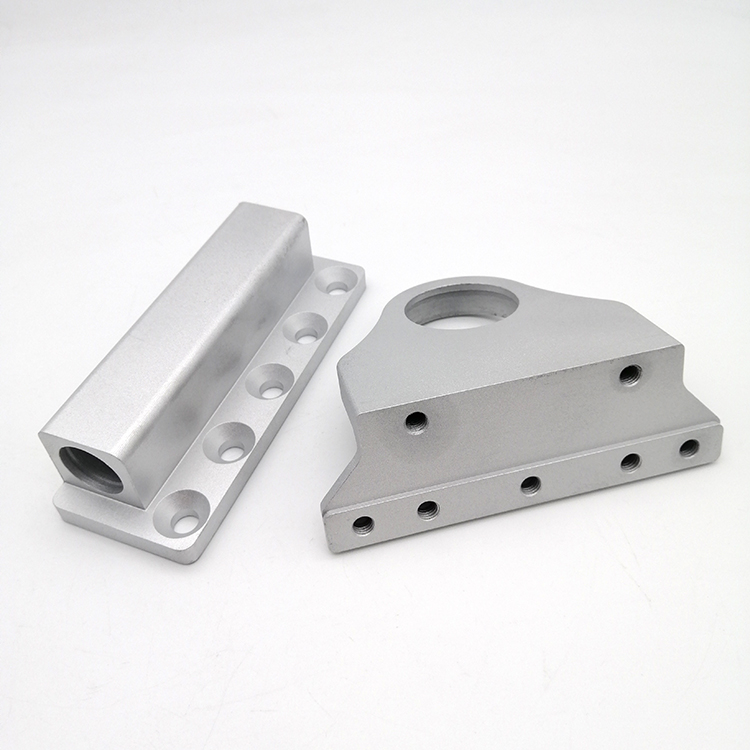
Improve the mechanical properties of the parts After sandblasting, the mechanical parts can produce uniform and fine concave-convex surfaces on the surface of the parts, so that the lubricating oil can be stored, thereby improving the lubrication conditions, reducing noise and improving the service life of the machine.
Light decoration For some special-purpose workpieces, sandblasting can achieve different reflective or matte at will



